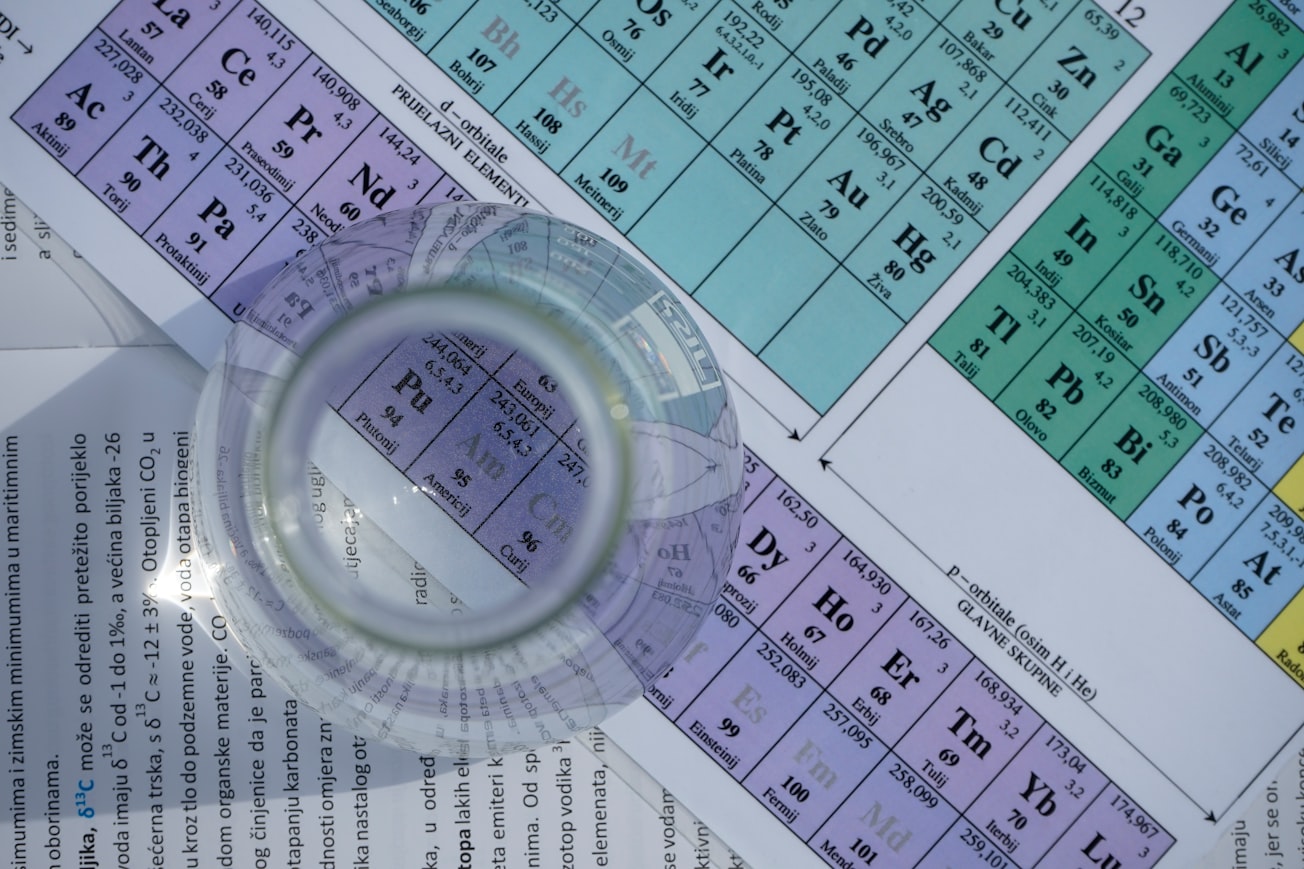What is it about?
Chiral molecules, molecules which have different properties to molecules which are their mirror image, are common in biology. In fact most biological molecules exist exclusively as one enantiomer (mirror image) in nature. Making chiral molecules synthetically, especially molecules containing metals, metal complexes, is very challenging and usually results in an equal mixture of the two mirror images. This paper reports an new family of metal complexes which can be easily synthesised in an optically pure form (exclusively one of the mirror images). The mechanism of this phenomenon is explored further in the paper.
Featured Image

Photo by Vedrana Filipović on Unsplash
Why is it important?
Single isomer, optically pure molecules can be used in a large number of potential applications, including sensing, DNA targeting, protein recognition and antibiotic and cancer therapy.
Perspectives
Understanding the reasons behind the unusual and very high selectivity towards a single optical isomer in these complexes was a great puzzle and was enormously satisfying to solve. This discovery led to several new developments and applications for these complexes down the line.
Nikola Chmel
University of Warwick
Read the Original
This page is a summary of: Origins of stereoselectivity in optically pure phenylethaniminopyridine tris-chelates M(NN′)3n+ (M = Mn, Fe, Co, Ni and Zn), Dalton Transactions, January 2011, Royal Society of Chemistry,
DOI: 10.1039/c1dt10588d.
You can read the full text:
Contributors
The following have contributed to this page










